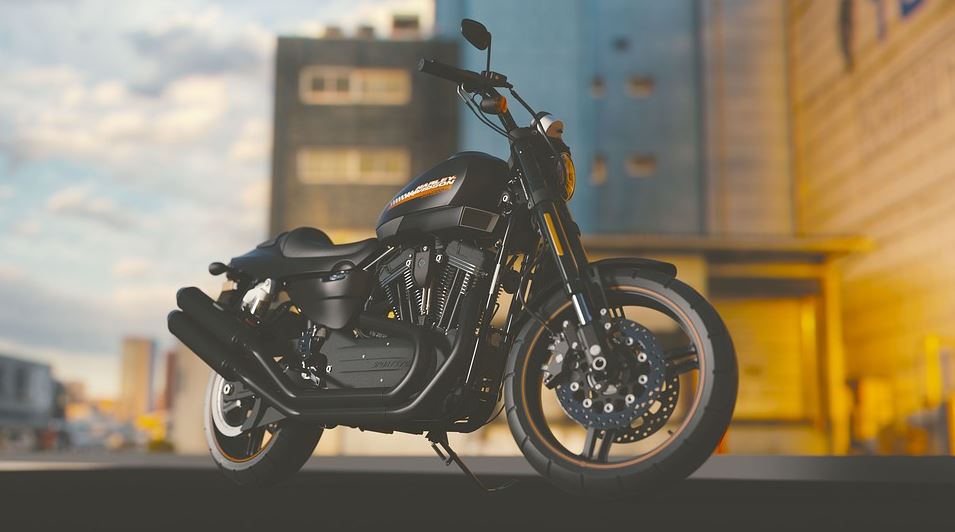Shifted to a new city and want to buy a second-hand bike for commuting? Or saving up to buy a solid good second-hand bike to run errands?
Either way, there are a lot of critical things that you must know before jumping into a deal and walking away with a bike that you don’t know about. Without a basic knowledge of these points, you can be cheated into buying a stolen vehicle.
Here are the 10 important things to keep in mind while buying a second -hand bike.
- Verify owner details and registration number – Verifying the owner details, and the registration number is the first and foremost thing that you must do before entering a deal. You might already be knowing the vehicle number and the owner’s details from where you intend to buy the vehicle. You can Check vehicle owner name by registration number and cross-verify the same online before proceeding further. This is done to ensure that you are not sold any stolen or illegal vehicle. You can do this as the primary filter to filter out the right vehicles from the wrong ones.
- Note the Vehicle Identification Number(VIN), Chasis and the Engine Number – Once you have narrowed down the vehicle you want to buy, the next step is to make a note of the Vehicle Identification Number, chassis number and the engine number. The vehicle identification number can be found in the steering neck of the bike or near the bike’s motor. It can also vary depending on the manufacturer. Do a quick google search on how to find these numbers for your model. These are the unique numbers which are used to identify a bike and its engine. Never buy vehicles without VIN, engine number and chassis number.
- Verify the ownership – The owner of the bike must produce the authentic registration certificate of the bike. Match the owners id details with that of the details provided in the registration certificate. Physically Cross verify the chassis number in the RC with the chassis number of the bike. If you are having trouble doing this, bring a mechanic or someone with deeper knowledge about bikes along with you.
- Transfer the insurance policy if needed – It is mandatory for every vehicle to at least have a third-party bike insurance policy. If the bike already has a valid insurance, you can either transfer the insurance into your name or buy a new policy. For transferring the policy, the previous owner must visit the insurance company along with the insurance policy, identity proof, copy of vehicle registration, and a photocopy of Form 20 and Form 30. It might take 15 days for the transfer process to complete. The transfer of insurance policy must happen within 15 days of transferring the ownership of the vehicle.
- Buy a new policy – If the bike does not have a valid insurance policy, or if the policy is going to expire or if you want to opt for a different insurer with better coverage, you can buy a new bike insurance policy. Visit the insurance company’s online website, and submit the scanned copy of your RC, copy of invoice and identity proof. The insurance company will arrange for an inspection post which you will have to complete the payment to receive the insurance policy.
- Check the tax certificate – Road tax certificate is either paid as a one-time amount to the RTO or annually. Procure this certificate from the previous owner for future reference. Traffic police can ask you for this document. If you also plan on moving your vehicle from one state to another, you will need this document. Read more: 10 Things To Look For In A Family Health Insurance Policy
- Full-service history – Get to know the service history of your second-hand bike. Authorised service centres provide service history for bikes that have been regularly serviced. This is a good sign that the bike is a well-oiled machine.
- Get the NOC certificate – The No Objection certificate is another vital document that you would need, especially if you plan to transfer the bike from one RTO to another.
- Check for the Pollution Under Control certificate – PUC certificate could be another document without which you can land in trouble with the traffic police officers. It is a mandatory document that every two-wheeler must have while plying on Indian roads. If the previous owner hasn’t got one, you must get a new PUC certificate.
- Do a thorough check and test drive before buying – After ensuring that you have the right documents, do a thorough inspection of the vehicle. Check for brakes, oil leakage, corrosion, clutch, chains, tyres, fuel tank, battery, suspension, and exhaust pipe. Doing a test drive would be the best way to know if the bike being sold to you is in good condition or not.

